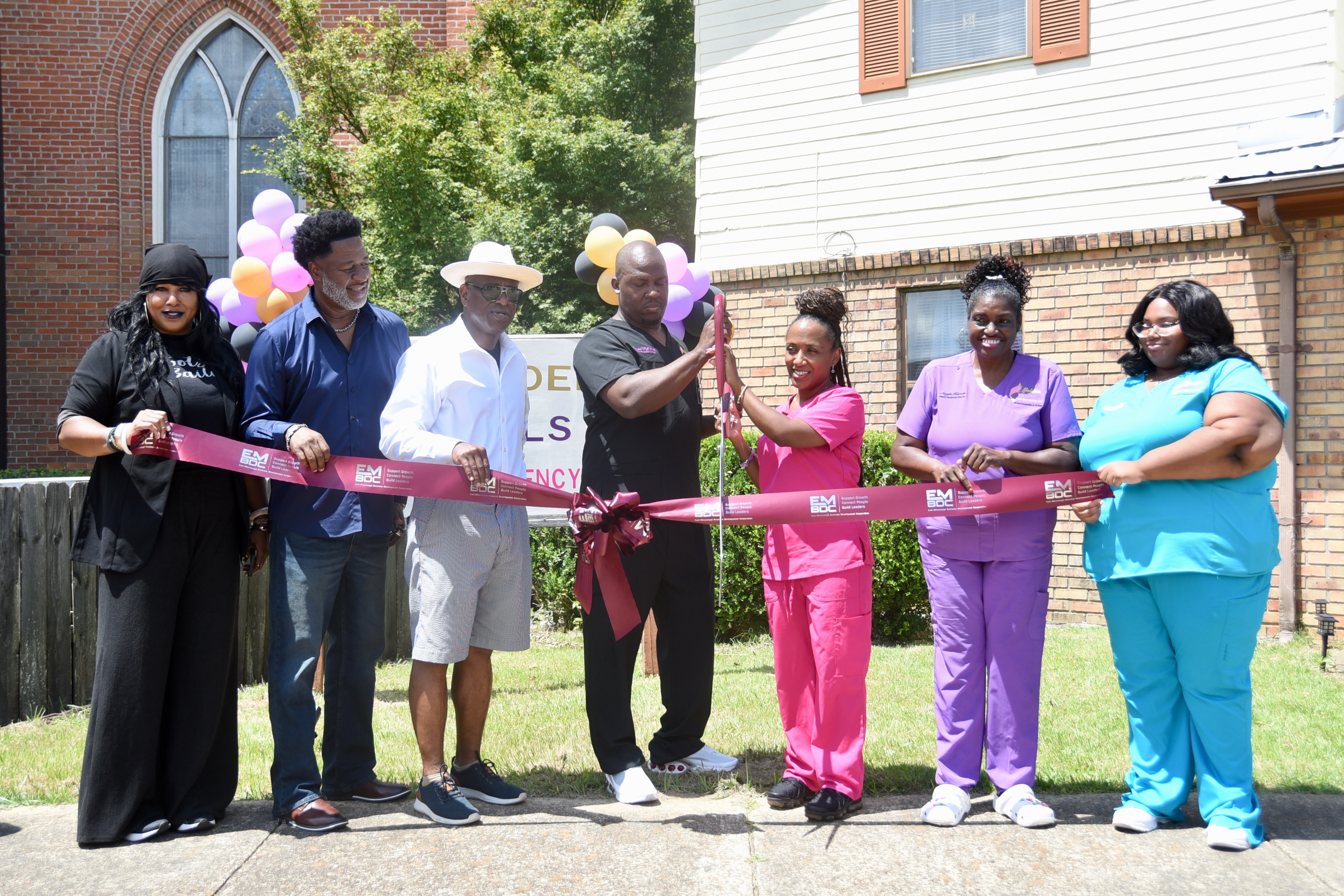Outdoor workers at increased risk for heat-related illness
Published 3:00 pm Monday, July 28, 2025

- Agricultural workers are among the most at risk of death from heat-related illness. Acclimatization, or the process of allowing the body to adapt to heat, is critical for the safety of outdoor workers when temperatures soar. Submitted photo
RAYMOND, Miss. — High summer temperatures can be unsafe for anyone, but these conditions are especially dangerous for outdoor workers.
The combination of high environmental temperatures, strenuous work and the use of protective clothing and equipment increases the risk of heat illness and injury for these workers.
Trending
That is why this high-risk group, which includes agricultural workers, should pay special attention to heat-related weather advisories, said Leslie Woolington, safety specialist with the Mississippi State University Extension Service.
“Heat-related weather alerts are important reminders to be prepared for outdoor activities and work,” Woolington said. “These alerts help stress to everyone the importance of being mindful of the heat and the danger it poses.”
Heat-related weather alerts include heat advisories, heat watches and heat warnings. All alert levels warn of dangerous heat conditions and require individuals to either suspend outdoor activities or use extreme caution when working or spending time outdoors.
Trending
“It is critical that outdoor workers adjust their schedules to avoid the hottest parts of the day if possible and to plan frequent breaks for hydration and rest in the shade or an air-conditioned environment,” Woolington said.
Heat is the No.1 weather-related killer in the U.S., and agricultural workers are among the most at risk of death. Between 2000 and 2010, agricultural workers were 35 times more likely to die from heat-related illness than workers in all other industries, according to research by the University of Washington.
As temperatures climb along with the humidity, it becomes harder for the body to cool itself. During extreme heat — when temperatures rise above 90 degrees and combine with high humidity for two or more days — the body’s physiological cooling process gets even more difficult.
“Realize and accept that it takes time to get used to the heat,” Woolington said. “You should do this safely by increasing your exposure to the heat a little at a time.”
This process of allowing the body to adapt to heat is called acclimatization, and it is critical for outdoor workers, said Kenzie Hargrove, a doctoral candidate in the MSU Department of Kinesiology who is studying the effects of heat on agricultural workers.
“Acclimatization improves the effectiveness of the body’s systems to maintain a safe body temperature, or thermoregulate. If these systems can’t function optimally, it can lead to heat illness,” Hargrove said.
“As a matter of fact, outdoor workers are at the highest risk of heat illness during the first week of working outdoors because they are not yet used to working in a thermally stressful environment,” she said.
Most people need 10 to 14 days of regular work in the heat to become acclimatized. Once the body has adjusted, they will sweat more but not lose as much sodium. Increased sweating helps the body cool itself through the evaporation of that sweat and the retention of sodium helps prevent symptoms of electrolyte loss, such as cramping, Hargrove said.
The Occupational Safety and Health Administration recommends using what they call the “Rule of 20 Percent” to help workers acclimate. For healthy, physically fit workers, the rule calls for their work duration to be reduced but not the intensity. On the first day, a worker should spend only 20% of the normal duration of the job working. For each following day, the duration should increase by 20%.
However, certain health conditions, use of certain medications, age and other considerations can increase the time it takes for some individuals to become acclimated.
Acclimatization should be used when temperatures begin to increase, new workers start, existing workers are absent for a week or more or it is significantly warmer than previous days because of intense sun exposure, higher humidity or the need for more personal protective equipment.
Exposure to air conditioning after work and during breaks does not reverse acclimatization. Instead, it can help by giving the body an opportunity to get rid of excess heat in an environment that is much cooler than the body.
“Air conditioning does not hinder a person’s heat tolerance because the breaks are short,” Hargrove said. “Even during the process of acclimatization, rest breaks in air conditioning help reduce the stress and heat load on the body. It takes about three weeks away from continuous heat exposure for the adaptations of heat acclimation to be lost.”
Many common medications, including diuretics, antibiotics and some antidepressants, can interfere with the body’s ability to regulate heat.
“Pay close attention to the effects and side effects of the medications you take. Anybody taking medication that affects thermoregulation, sodium balance or even central nervous system function, is at higher risk of experiencing heat illness,” Hargrove said. “Always talk with your healthcare provider about how to safely work in the heat when taking any of these medications. Depending on the medication, you may need to take more precautions.”
Once acclimatization is achieved, workers must still heed all the precautions for working in the heat, including regular breaks for hydration and rest.
“Staying hydrated helps reduce strain on the heart. Additionally, dehydration can affect cognitive function and the ability to make decisions, which increases safety risks, especially on jobs that may require operation of equipment or present other potential hazards,” Hargrove said.
Additional precautions include hydrating during off-hours, avoiding alcohol and sugary drinks, applying and reapplying sunscreen, dressing in lightweight, light-colored and loose-fitting clothing and wearing a wide-brimmed, vented hat.
“During work, access to shade and frequent breaks are not optional,” Woolington said. “Your body will inevitably shut down if you don’t give it the opportunity to regulate with critical breaks and cooling. That is why recognizing the symptoms of heat stress is so important.”





